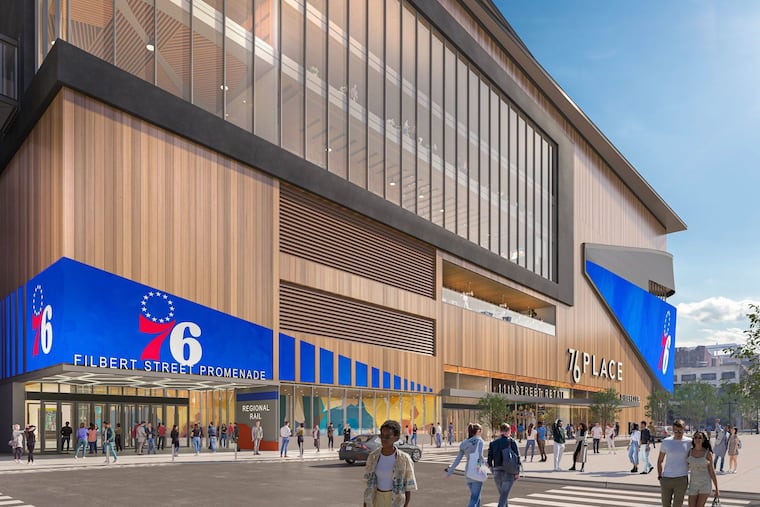How we can make the Sixers arena a great civic asset every day — and not just on game days
Here are some of the design principles we should keep in mind — and a few of the questions we should be asking — as City Council begins vetting the Sixers arena proposal.
